Pune's Metro Corridor: Transit-Oriented Urban Development

Picture a city where the daily commute is a breeze, where vibrant neighbourhoods buzz with activity, and where sustainability and livability are not just buzzwords but a way of life. Welcome to the future of Pune, a city on the brink of an urban revolution. At the heart of this transformation lies the Pune Metro, a mass rapid transit system that promises to redefine the way people live, work, and move in the city. But the metro is just the beginning. The real game-changer is Transit-Oriented Development (TOD), a powerful urban planning approach that seeks to create compact, mixed-use, and pedestrian-friendly communities centred around transit stations.
In this article, we will embark on a journey to explore the immense potential of TOD along Pune's metro corridor and discover how ongrid.design, a pioneering online architecture and interior design service provider, is leading the charge in shaping the future of the city. With a focus on sustainable design, innovative solutions, and a deep understanding of Pune's unique urban fabric, ongrid.design is helping to transform the metro corridor into a living, breathing example of what is possible when we prioritise people, planet, and progress.
The Pune Metro: A Catalyst for Urban Transformation

The Pune Metro is not just another transportation project; it is a catalyst for urban transformation. With two primary corridors spanning a total length of 31.25 km, the metro system is set to become the backbone of Pune's public transportation network (Pune Municipal Corporation, 2013a). But the impact of the metro goes far beyond improving mobility. It presents a once-in-a-generation opportunity to reshape the city's urban landscape, promote sustainable development, and enhance the quality of life for millions of Punekars.
The introduction of a mass rapid transit system like the Pune Metro creates a ripple effect of positive change. It encourages compact development along the corridor, reduces dependency on private vehicles, and promotes walkability and cycle-friendliness. In essence, it sets the stage for the implementation of Transit-Oriented Development (TOD), a holistic approach to urban planning that places people and sustainability at the core.
Transit-Oriented Development: Designing Cities for People

Transit-Oriented Development (TOD) is not just another urban planning buzzword; it is a paradigm shift in the way we think about cities. At its core, TOD is about creating human-centric, sustainable, and vibrant communities that are seamlessly integrated with public transit. It is about designing cities for people, not just for cars.
The principles of TOD are simple yet powerful:
- High-density development: By concentrating residential, commercial, and institutional activities around transit stations, TOD maximises the use of land and infrastructure, reducing urban sprawl and promoting efficient resource utilisation.
- Mixed land use: TOD encourages a diverse mix of land uses, including housing, offices, retail, and public spaces, creating self-sufficient communities where people can live, work, and play without relying on private vehicles.
- Pedestrian and bicycle-friendly design: By prioritising the needs of pedestrians and cyclists, TOD creates safe, comfortable, and inviting streetscapes that encourage active mobility and social interaction.
- Reduced parking requirements: TOD minimises the amount of land dedicated to parking, freeing up valuable space for more productive uses and encouraging the use of public transit and shared mobility options.
By implementing these principles along Pune's metro corridor, the city has the potential to create a network of thriving, sustainable, and inclusive communities that are well-connected, resilient, and future-ready.
Designing for Density: Challenges and Opportunities

Designing for density along Pune's metro corridor is not without its challenges. As the demand for housing, commercial spaces, and public amenities near transit stations grows, so does the pressure on the existing urban fabric and infrastructure. However, these challenges also present an incredible opportunity to reimagine the city's built environment and create spaces that are more efficient, sustainable, and responsive to the needs of the community.
At ongrid.design, we specialise in crafting innovative design solutions that optimise land use, promote sustainable living, and enhance the quality of life for Pune's residents. Our team of experienced architects and designers understands the intricacies of designing for density and is committed to creating spaces that are not only functional and aesthetically pleasing but also socially inclusive and environmentally responsible.
One of the key challenges in designing for density is ensuring that the increased built-up area does not compromise the livability and sustainability of the neighbourhood. This is where sustainable urban design comes into play. At ongrid.design, we prioritise the integration of green spaces, energy-efficient systems, and sustainable materials into our projects. By incorporating features such as vertical gardens, passive cooling techniques, and green roofs, we aim to create buildings that are not only dense but also livable, healthy, and resilient.
Another critical aspect of designing for density is ensuring that the built environment promotes social interaction, community building, and active mobility. This is where mixed-use development comes into play. By integrating a diverse mix of residential, commercial, and public spaces within a compact area, we can create vibrant and self-sufficient communities that reduce the need for long-distance travel and encourage walking, cycling, and the use of public transportation.
At ongrid.design, we specialise in creating multi-functional spaces that cater to the diverse needs of urban dwellers. Our designs incorporate features such as open floor plans, flexible layouts, and shared amenities to maximise space utilisation and foster a sense of community. Whether it's a residential duplex that combines living and working spaces or a large bungalow that incorporates multi-generational living, our designs prioritise adaptability, inclusivity, and social cohesion.
Integrating TOD with Pune's Development Control Regulations (DCR)

While the principles of TOD provide a framework for designing dense, mixed-use, and sustainable neighbourhoods along Pune's metro corridor, it is crucial to ensure that these principles are seamlessly integrated with the city's Development Control Regulations (DCR). The DCR serves as a guiding document for the development of land and buildings in Pune, and any TOD initiative must align with these regulations to be successful.
The Pune Municipal Corporation (PMC) has proposed to densify the public transport corridor to a distance of about 500 m on both sides of the metro corridor (Pune Municipal Corporation, 2013b). This proposal aims to encourage compact, high-density development along the metro corridor and promote the use of public transportation. The PMC also intends to provide an additional Floor Space Index (FSI) of up to 4 along the metro corridor, subject to certain conditions such as the minimum plot size of 0.2 hectares and the provision of necessary infrastructure and amenities.
At ongrid.design, we have a deep understanding of Pune's DCR and work closely with our clients to ensure that their projects align with the regulations while also achieving the goals of TOD. Our team of experts stays up-to-date with the latest amendments and revisions to the DCR, and we provide guidance on aspects such as permissible FSI, building heights, setbacks, and land use to ensure that our designs are compliant and optimised for TOD.
By integrating the principles of TOD with Pune's DCR, we aim to create a regulatory framework that encourages sustainable, high-density development along the metro corridor while also ensuring that the necessary infrastructure and amenities are provided to support the increased population density.
Addressing the Challenges of TOD Implementation

While the potential benefits of TOD along Pune's metro corridor are immense, it is important to acknowledge and address the challenges that may arise during its implementation. One of the primary challenges is the risk of gentrification and displacement of existing communities. As property values rise and new developments take shape, there is a concern that low-income and vulnerable groups may be priced out of the area.
To mitigate this risk, it is essential to implement policies and programs that promote affordable housing, social inclusion, and community participation in the planning and development process. At ongrid.design, we believe in creating inclusive and equitable communities that cater to the needs of all residents, regardless of their socio-economic background. By incorporating principles of universal design and prioritising affordable housing options, we aim to create neighbourhoods that are accessible, welcoming, and inclusive for all.
Another challenge is the need for significant investments in infrastructure and public amenities to support the increased population density along the metro corridor. This includes the provision of adequate water supply, sewerage, solid waste management, and social infrastructure such as schools, healthcare facilities, and public spaces. The PMC will need to work closely with private developers, government agencies, and other stakeholders to ensure that these investments are made in a timely and efficient manner.
At ongrid.design, we understand the importance of creating self-sufficient and sustainable communities that have access to essential services and amenities. Our designs prioritise the integration of green infrastructure, water conservation techniques, and energy-efficient systems to reduce the burden on the city's resources and promote long-term sustainability.
Harnessing the Power of Online Design Services for TOD

Implementing TOD along Pune's metro corridor requires a collaborative effort from various stakeholders, including architects, developers, urban planners, and government agencies. However, the traditional design process can be time-consuming, expensive, and often disconnected from the unique needs of each project. This is where online design services like ongrid.design come into play.
At ongrid.design, we leverage the power of technology to streamline the design process, enhance collaboration, and deliver high-quality, customised design solutions that are tailored to the specific requirements of TOD projects. Our online platform allows clients to access a wide range of design services, from conceptual design to detailed construction drawings, all from the comfort of their own homes or offices.
By utilising online design services, developers and architects can significantly reduce the time and cost associated with traditional design methods, enabling them to focus on creating innovative, sustainable, and people-centric communities along Pune's metro corridor. At ongrid.design, we work closely with our clients to understand their vision, goals, and constraints, and provide them with design solutions that are not only aesthetically pleasing but also aligned with the principles of TOD and Pune's DCR.
The Way Forward: Shaping Pune's Urban Future

As Pune stands on the brink of an urban revolution, the implementation of Transit-Oriented Development (TOD) along the metro corridor presents an unprecedented opportunity to shape the city's future. By designing for density, promoting mixed land use, prioritising pedestrian and bicycle-friendly design, and integrating TOD with the city's Development Control Regulations (DCR), Pune has the potential to create a network of vibrant, sustainable, and inclusive communities that serve as a model for cities around the world.
At ongrid.design, we are committed to being at the forefront of this transformation, leveraging our expertise in sustainable design, innovative solutions, and online design services to help shape Pune's urban future. Our team of passionate architects and designers is dedicated to creating spaces that not only optimise land use and promote sustainable living but also foster a sense of community, social interaction, and well-being.
As we move forward, it is essential to engage all stakeholders, including the government, private sector, civil society, and local communities, in the planning and implementation of TOD. By working together, we can address the challenges, harness the opportunities, and create a shared vision for Pune's urban future - a future that is sustainable, equitable, and people-centric.
If you are a developer, architect, or property owner looking to be a part of this transformative journey, we invite you to explore our services and discover how ongrid.design can help you create spaces that embody the principles of TOD and contribute to the sustainable growth of Pune. Together, let us shape a future where Pune's metro corridor becomes a beacon of sustainable urban development, inspiring cities across India and beyond to embrace the power of Transit-Oriented Development.
References:
- Pune Municipal Corporation (2013a). Draft Development Plan for Pune City (Old Limit) 2007-2027, Pune Municipal Corporation, Pune.
- Pune Municipal Corporation (2013b). Draft Development Control Regulations for Development Plan Pune, Pune Municipal Corporation, Pune.




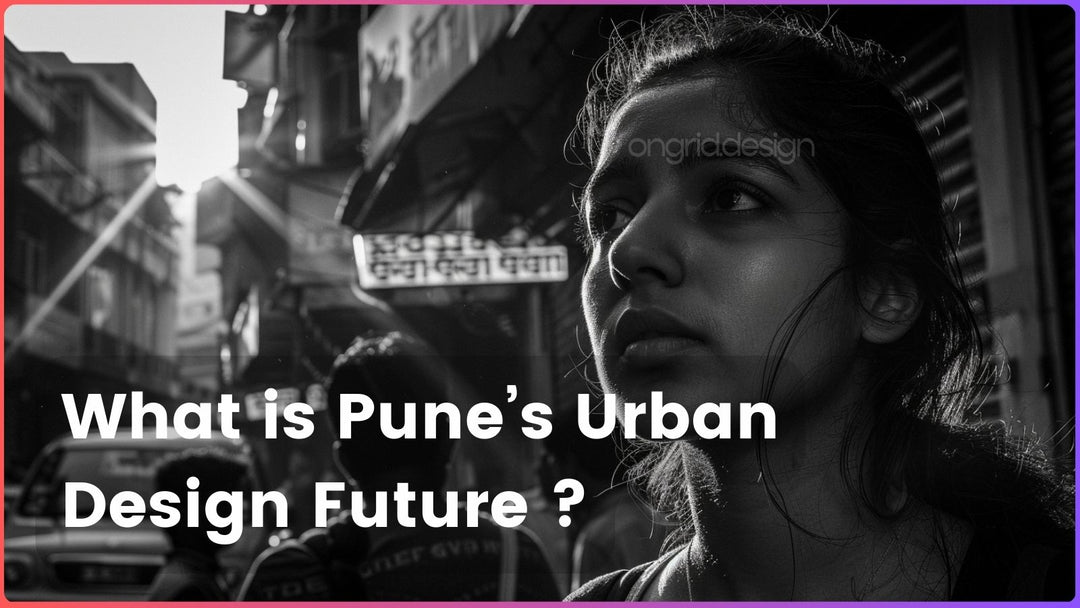
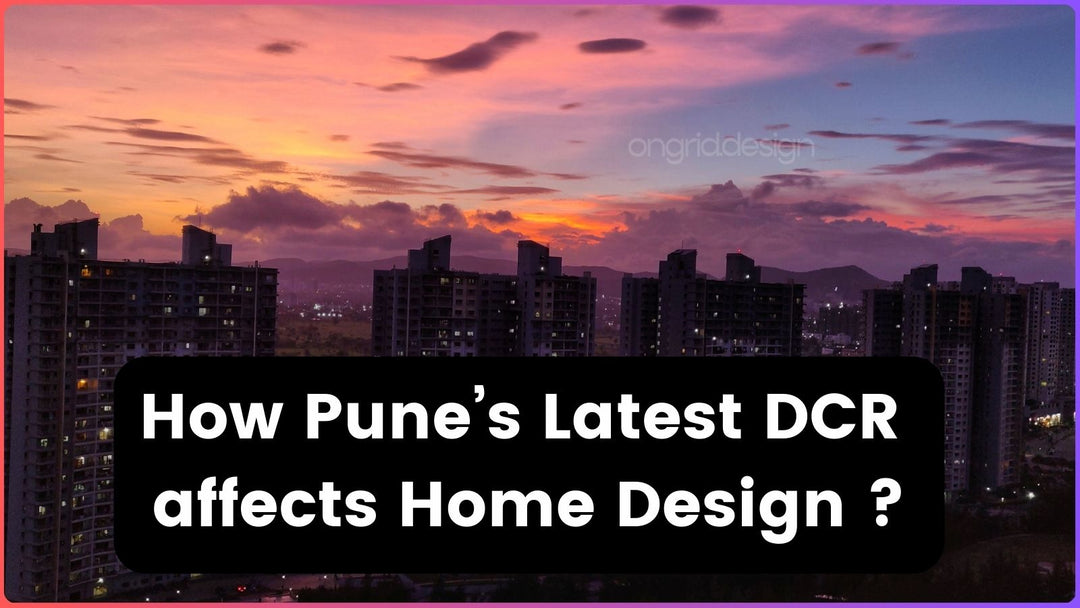
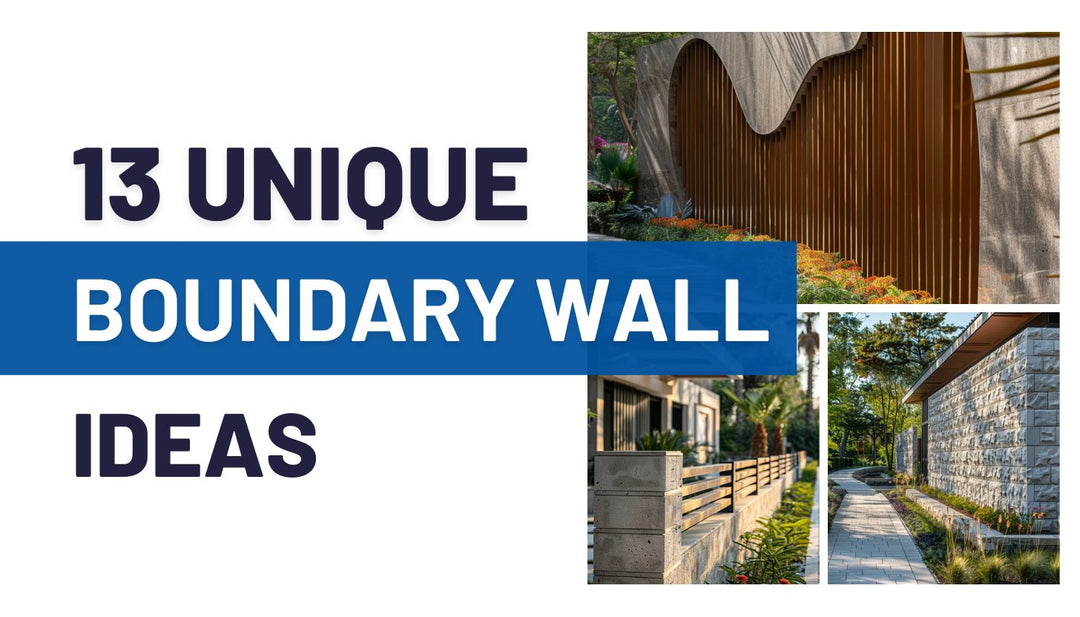
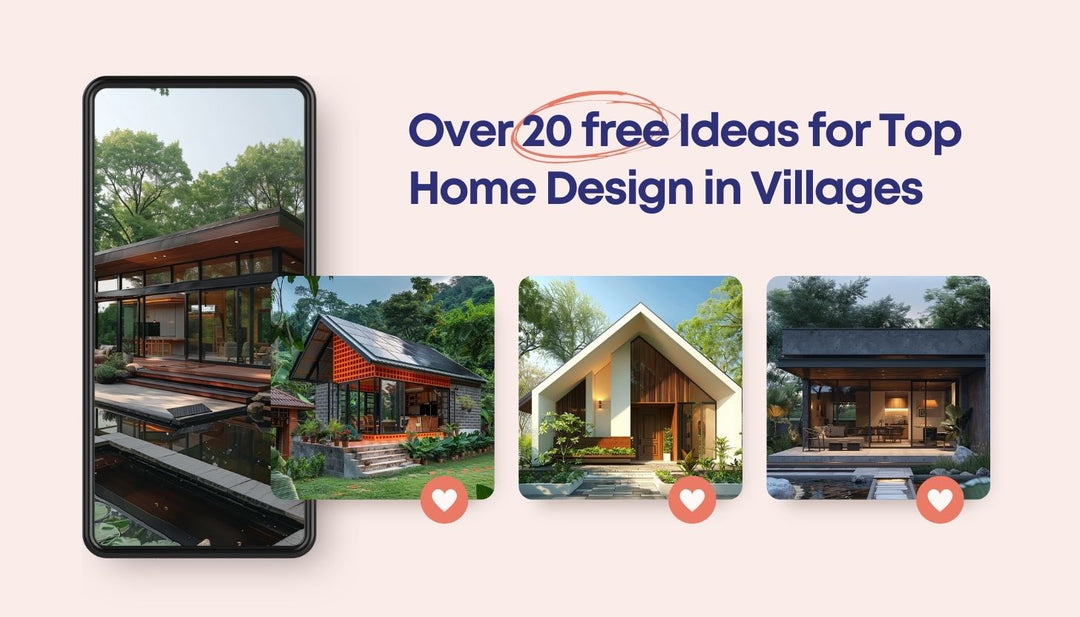
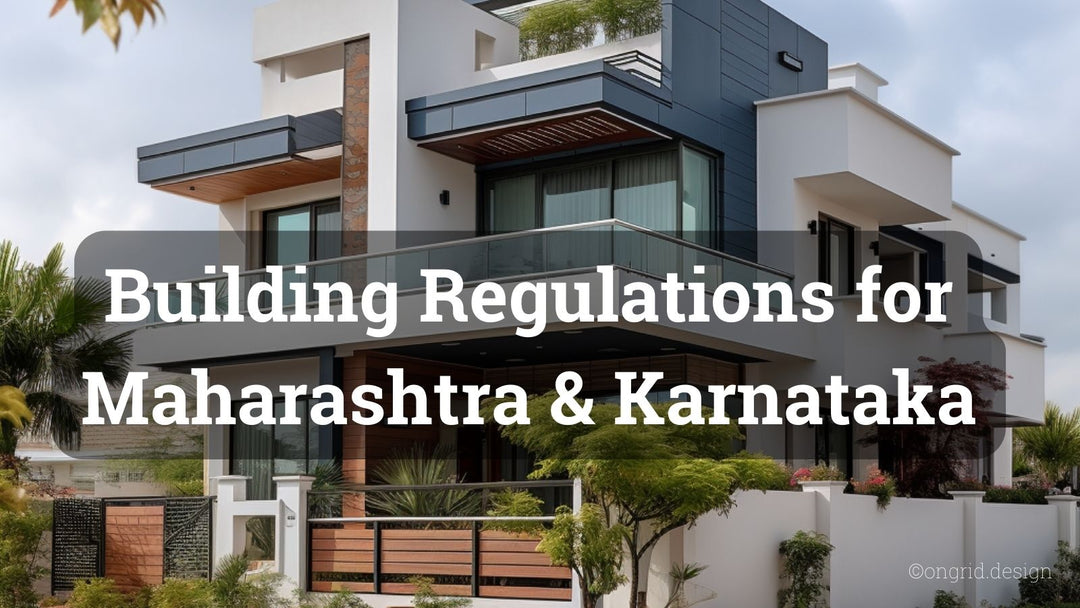
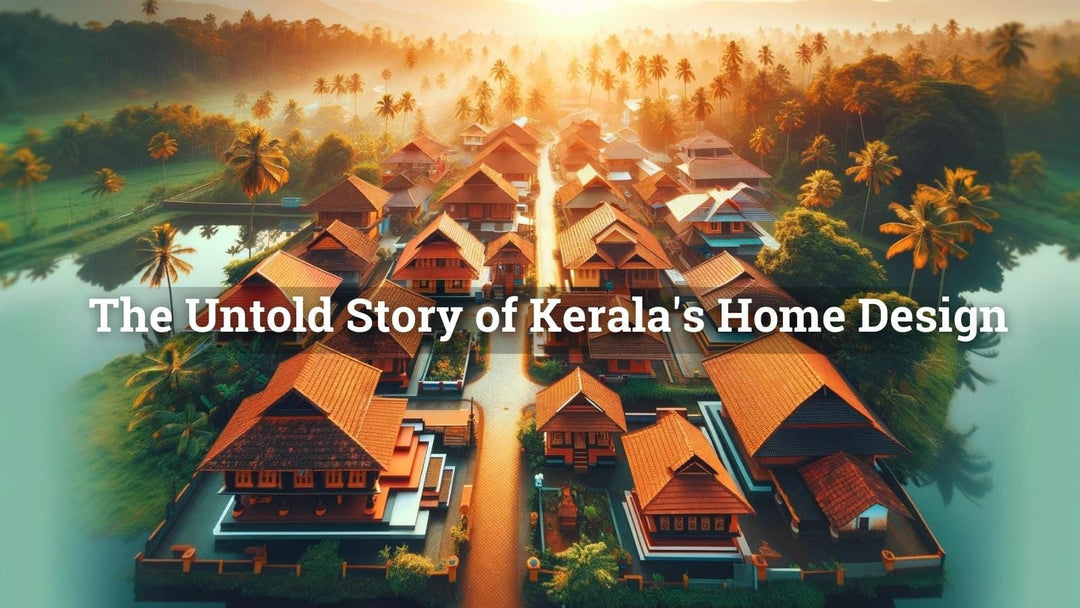
Leave a comment